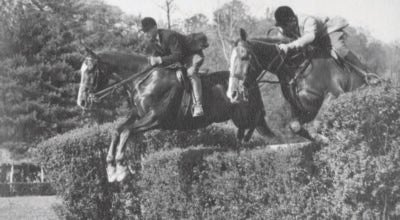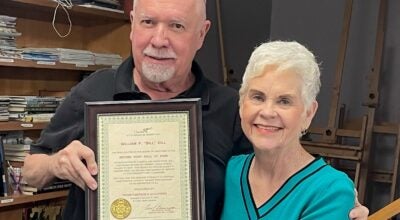Composting 101: Good for the Earth, the people and for communities
Published 10:00 pm Monday, July 14, 2014
What is Compost?
Compost is a form of decomposed organic matter that has been recycled as a fertilizer/soil amendment.
Why Compost?
There are many reasons to compost. It can:
• Reduce your household waste.
About 30 percent of household trash in the U.S. consists of yard clippings and kitchen scraps.
In a landfill, organic matter does not decompose due to a lack of oxygen and water. It can also react with other materials to create toxic substances that can leach into the ground.
• Acts as a soil amendment, increasing soil fertility and slowly releasing nutrients that help plants grow.
It increases the organic content of soil, builds sound root structure, balances soil pH (neutralizing the alkalinity of desert soils), and reduces plant stress from droughts and freezes.
This replaces the need for chemical fertilizers and pesticides.
• Increases aeration, loosens clay soils, and boosts the water-holding capacity of sandy soils.
• Improves plant health by reducing the risk of disease and insect infestation.
• Saves money (by reducing garbage collection fees).
What Can Be Composted?
Compostable materials fall into two categories: “browns” (dry materials) and “greens” (fresh, moist materials).
Browns include:
• Dried grass clippings
• Dried leaves
• Sawdust
• Wood chips
• Straw
• Dryer lint
• Shredded newspaper
Greens include:
• Wet grass clippings
• Fresh plant clippings
• Fruit and vegetable scraps
• Barnyard manure
• Coffee grounds
• Tea bags
Items that should NOT be composted include meat and dairy products, grease, pet feces, or diseased, invasive, or poisonous plants (such as oleander and eucalyptus).
How Can I Use Compost?
Finished compost is a dark brown, hummus-rich soil with an earthy smell. To use your compost as a soil amendment, mix it into garden soil at least two times a year.
To fertilize trees and shrubs, apply compost around the drip-line, mixing in if desired. You can also make compost tea by placing a permeable bag of finished compost in a bucket of water for three days. Use the water on plants (to add nutrients) or to start a new compost pile.
Keep in mind that even if you don’t garden, you can still compost to reduce your household waste.
How can I start?
• Choose a location for your compost pile that is at least three feet by three feet in size (to ensure the decomposing matter gets hot enough).
The site should have good drainage, be directly on the soil rather than an impermeable surface, and away from fences or walls that can rot.
In the desert, it is a good idea to place your pile under a tree to provide shade and prevent over-drying.
Some gardeners choose to locate their compost piles in the same place they plan to plant next year.
• Decide what type of pile you want. You can compost in a bin, a container, or directly on the ground.
There are many types of commercial bins and containers available, or you can build your own.
• Fill your pile completely as matter will shrink as it decomposes.
Do not mix in over 30 percent to 50 percent greens (the correct ratio of browns to greens creates ideal conditions for decomposition).
Add a small amount of finished compost or rich garden soil to help kick start the decomposition process (not required).
• Cover your pile to prevent drying out (moisture content highly influences the pile’s ability to decompose).
• Keep your pile moist, but not wet (to create a suitable environment for microorganisms, earthworms and insects).
• Stir occasionally (to introduce more oxygen).
• The decomposition process usually takes four to 12 months, depending on the season.
For faster results, chop materials into small pieces, alternate layers of greens and browns and mix often.
When your compost is finished, sift on a 3/8” screen and return any large chunks to the pile.





